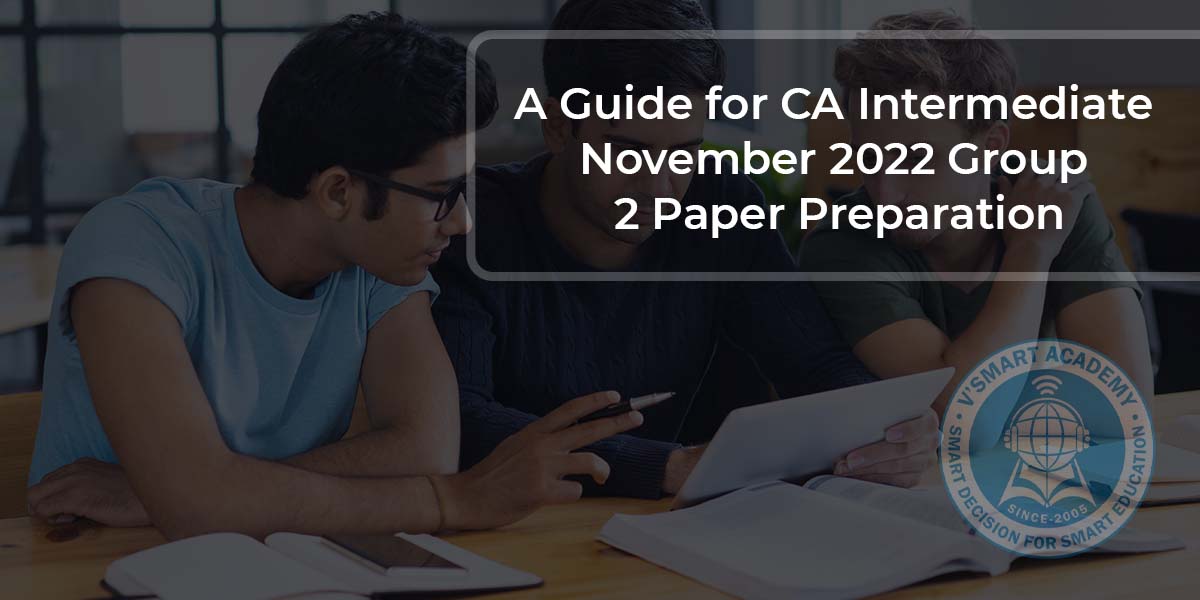5 Ways to Clear CA Final Exam in 1st Attempt
The CA exams are given by several aspirants wishing to put the CA prefix in front of their name. The examination is conducted by the Institute of Chartered Accountants of India (ICAI). It is divided into three levels- Foundation, Intermediate, and Final. Designed for the future Chartered Accountants, it isn’t that easy to clear CA Final Exam on 1st attempt.
Several students find themselves the best CA coaching in India to help them with the syllabus. It is also an effective choice because you get CA test Series that are highly effective from an exam point of view. Apart from relying on CA coaching that you have selected there are some disciplines that you have to follow.
Written below are such ways that have proven effective for various scholars to clear the CA Final exam in the first attempt itself. Read on to get a brief overview of each of them.
Making Effective Yet Practical Timetable
Yes, we are aware of how boring it is to make one, but a timetable is needed. It is a way to discipline yourself into a routine and studying pattern. This way, you will get clarity regarding how you are covering the syllabus but also have each point planned out. It will result in faster completion of the syllabus, and you won’t skip out on anything.
You know your limits, hence plan your breaks and naps accordingly. Keep subjects balanced that you are planning to cover each day. One that interests you and one that you need to practice more on.
Study Thoroughly Not Superficially
While studying, understand the syllabus first and then dive into each subject matter deeply. Do not let the thought of skipping topics enter your mind. For that, you need to start early on with enough time in hand. Do not make any excuses for not having time.
A detailed study is required for each topic. This will give you an upper hand while facing the CA Final exam and your future.
We, at V-Smart Academy, follow this point precisely. While teaching the students we ensure that they are learning for their future and not only from an exam perspective. Due to these several students have trusted their future with us and named us as one of the best CA coachings in India.
Revision With Precision
If you wish to clear CA Final exam on the first attempt, do not miss out on your revisions. Always plan weekly revisions to brief yourself about everything that you have learnt in the past week. It will help you analyse yourself. Keep taking mock tests during these sessions. It will help you figure out areas that need improvement.
Notes To Save You
Notes are a must. You need them to help you clear CA final exam. For your last-minute study sessions, they will be your saviour. So ensure that you are taking notes while learning the topics on a daily basis. Your last-minute revision will rely on these notes to refresh the knowledge learnt in the past few months.
Let your notes be precise and to the point, not lengthy paragraphs, as they should make you remember the topics, not drive you into a panic.
Bye Bye Distractions
To clear CA Final Exams, you have to keep your distractions, gadgets, and every serious problem long, long away. They are not to interfere with your study sessions. Entertain all of them during your breaks. But until then, they do not exist for you, and keep that as your primary rule.
Conclusion
This blog was written to provide you with effective tips and ways to help you clear CA final exams on the first attempt. All it requires is a few months of hard work and dedication to reach your goals. So it’s up to you to decide.
For more guidance, visit us at V-smart Academy.




